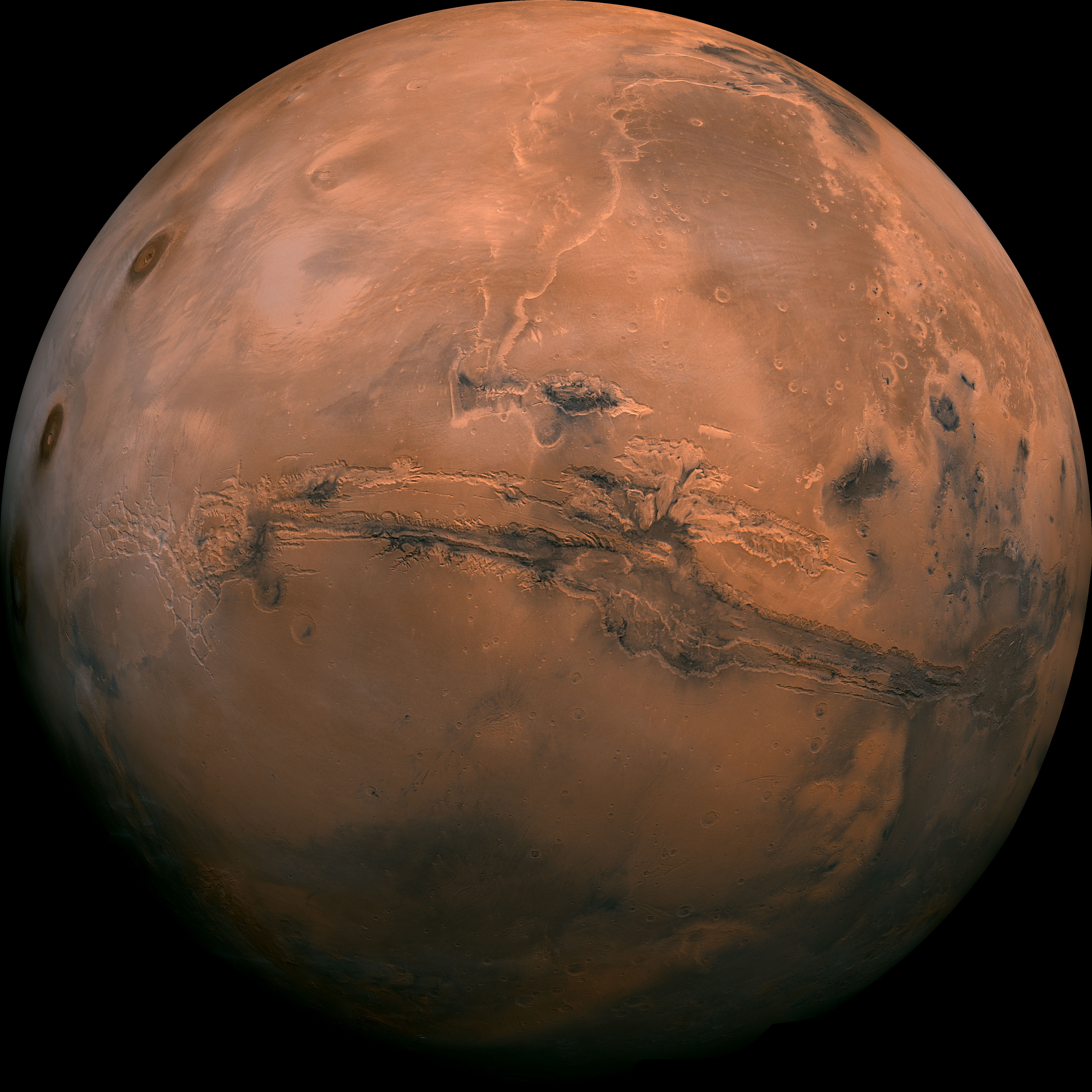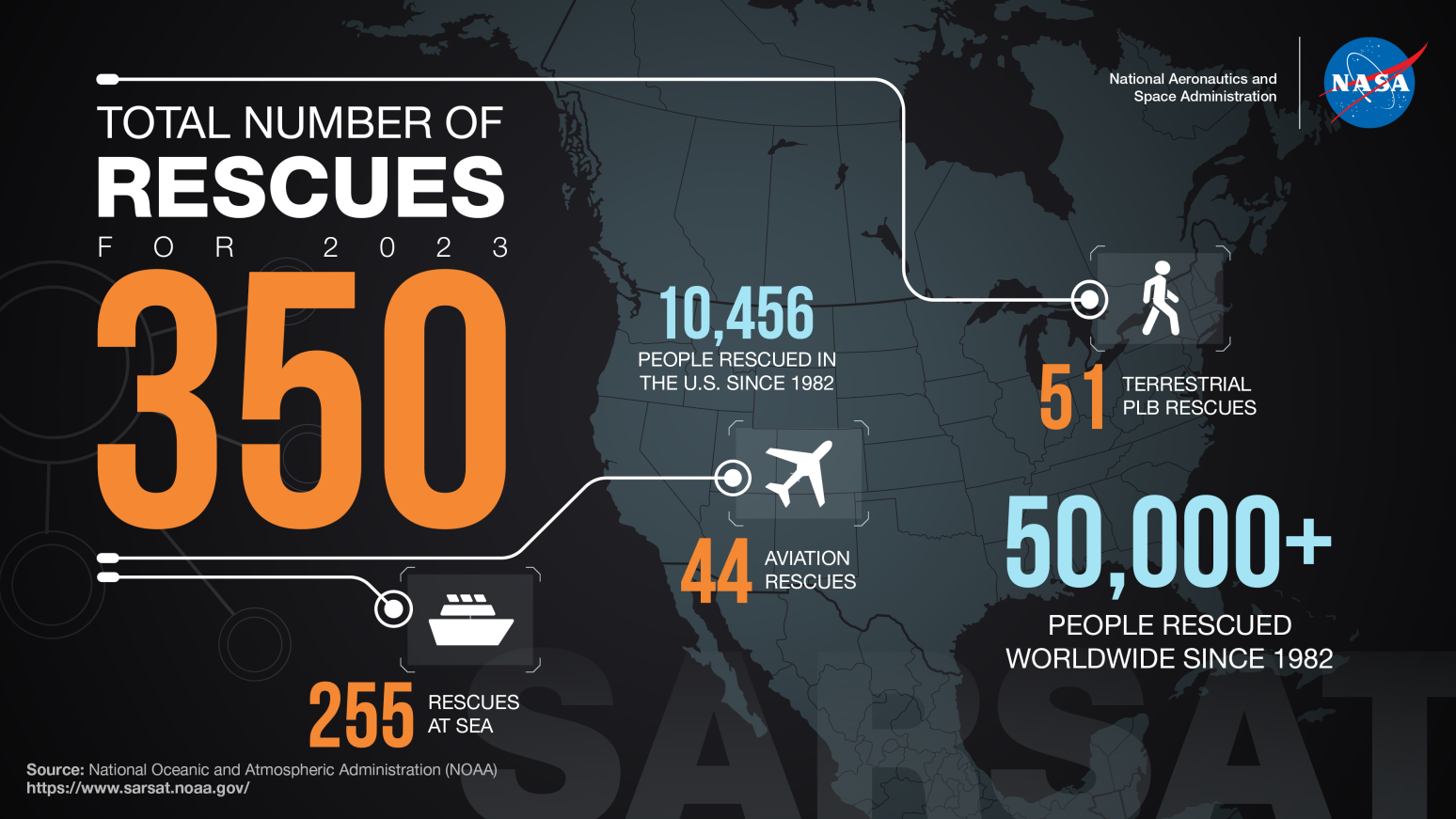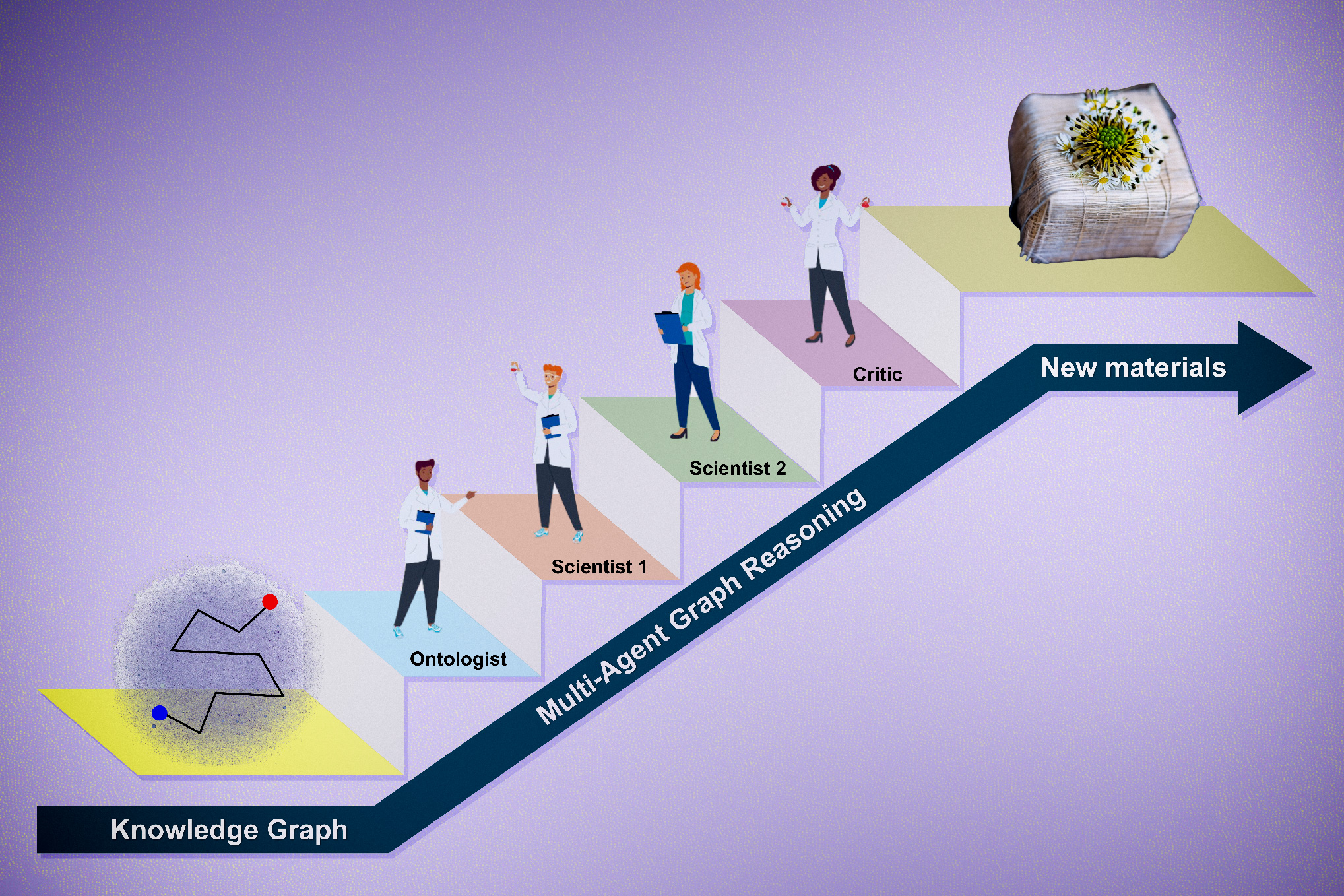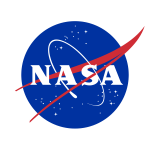NASA is one step closer on its transition to using commercially owned and operated satellite communications services to provide future near-Earth space missions with increased service coverage, availability, and accelerated science and data delivery.
As of Friday, Nov. 8, the agency’s legacy TDRS (Tracking and Data Relay Satellite) system, as part of the Near Space Network, will support only existing missions while new missions will be supported by future commercial services.
“There have been tremendous advancements in commercial innovation since NASA launched its first TDRS satellite more than 40 years ago,” said Kevin Coggins, deputy associate administrator of NASA’s SCaN (Space Communications and Navigation) program. “TDRS will continue to provide critical support for at least the next decade, but now is the time to embrace commercial services that could enhance science objectives, expand experimentation, and ultimately provide greater opportunities for discovery.”
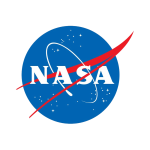
Kevin Coggins
Deputy Associate Administrator for NASA’s SCaN
Just as NASA has adopted commercial crew, commercial landers, and commercial transport services, the Near Space Network, managed by NASA’s SCaN, will leverage private industry’s vast investment in the Earth-based satellite communications market, which includes communications on airplanes, ships, satellite dish television, and more. Now, industry is developing a new space-based market for these services, where NASA plans to become one of many customers, bolstering the domestic space industry.
NASA’s Communications Services Project is working with industry through funded Space Act Agreements to develop and demonstrate commercial satellite communications services that meet the agency’s mission needs, and the needs of other potential users.
In 2022, NASA provided $278.5 million in funding to six domestic partners so they could develop and demonstrate space relay communication capabilities.
A successful space-based commercial service demonstration would encompass end-to-end testing with a user spacecraft for one or more of the following use cases: launch support, launch and early operations phase, low and high data rate routine missions, terrestrial support, and contingency services. Once a demonstration has been completed, it is expected that the commercial company would be able to offer their services to government and commercial users.
NASA also is formulating non-reimbursable Space Act Agreements with members of industry to exchange capability information as a means of growing the domestic satellite communications market. The Communications Services Project currently is partnered with Kepler Communications US Inc. through a non-reimbursable Space Act Agreement.
As the agency and the aerospace community expand their exploration efforts and increase mission complexity, the ability to communicate science, tracking, and telemetry data to and from space quickly and securely will become more critical than ever before. The goal is to validate and deliver space-based commercial communications services to the Near Space Network by 2031, to support future NASA missions.
While TDRS will not be accepting new missions, it won’t be retiring immediately. Current TDRS users, like the International Space Station, Hubble Space Telescope, and many other Earth- and universe-observing missions, will still rely on TDRS until the mid-2030s. Each TDRS spacecraft’s retirement will be driven by individual health factors, as the seven active TDRS satellites are expected to decline at variable rates.
The TDRS fleet began in 1983 and consists of three generations of satellites, launching over the course of 40 years. Each successive generation of TDRS improved upon the previous model, with additional radio frequency band support and increased automation.
The first TDRS was designed for a mission life of 10 years, but lasted 26 years before it was decommissioned in 2009. The last in the third generation – TDRS-13 –was launched Aug. 18, 2017.

DAve Israel
Near Space Network Chief Architect
“Each astronaut conversation from the International Space Station, every picture you’ve seen from Hubble Space Telescope, Nobel Prize-winning science data from the COBE satellite, and much more has flowed through TDRS,” said Dave Israel, Near Space Network chief architect. “The TDRS constellation has been a workhorse for the agency, enabling significant data transfer and discoveries.”
The Near Space Network and the Communications Services Project are funded by NASA’s SCaN (Space Communications and Navigation) program office at NASA Headquarters in Washington. The network is operated out of NASA’s Goddard Space Flight Center in Greenbelt, Maryland, and the Communications Services Project is managed out of NASA’s Glenn Research Center in Cleveland.














